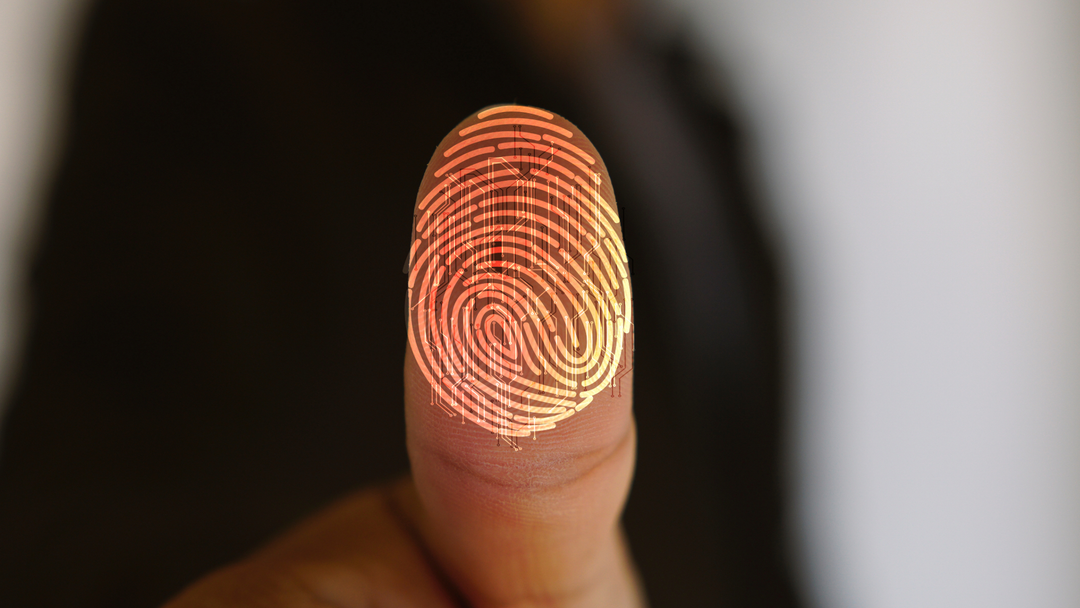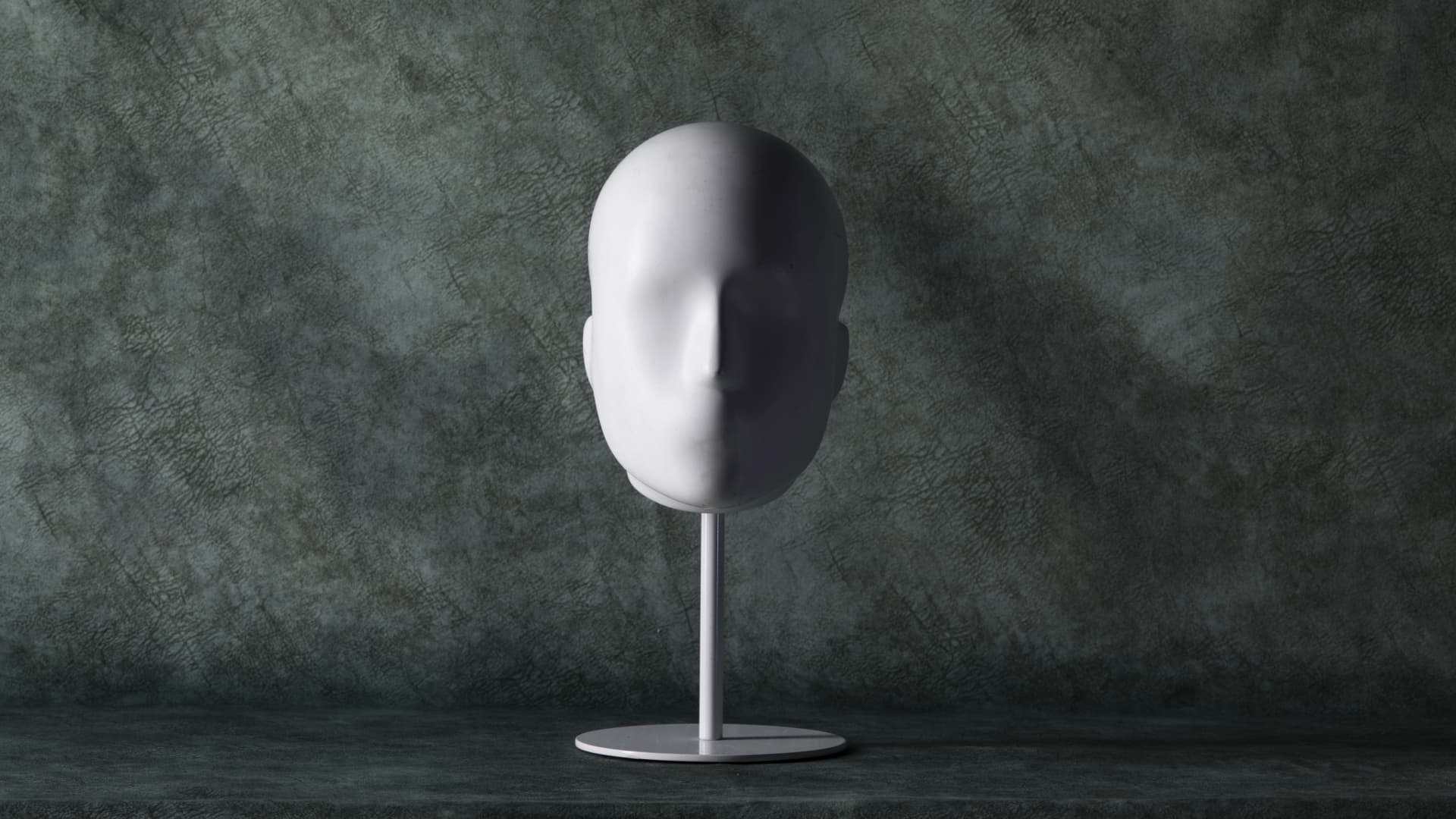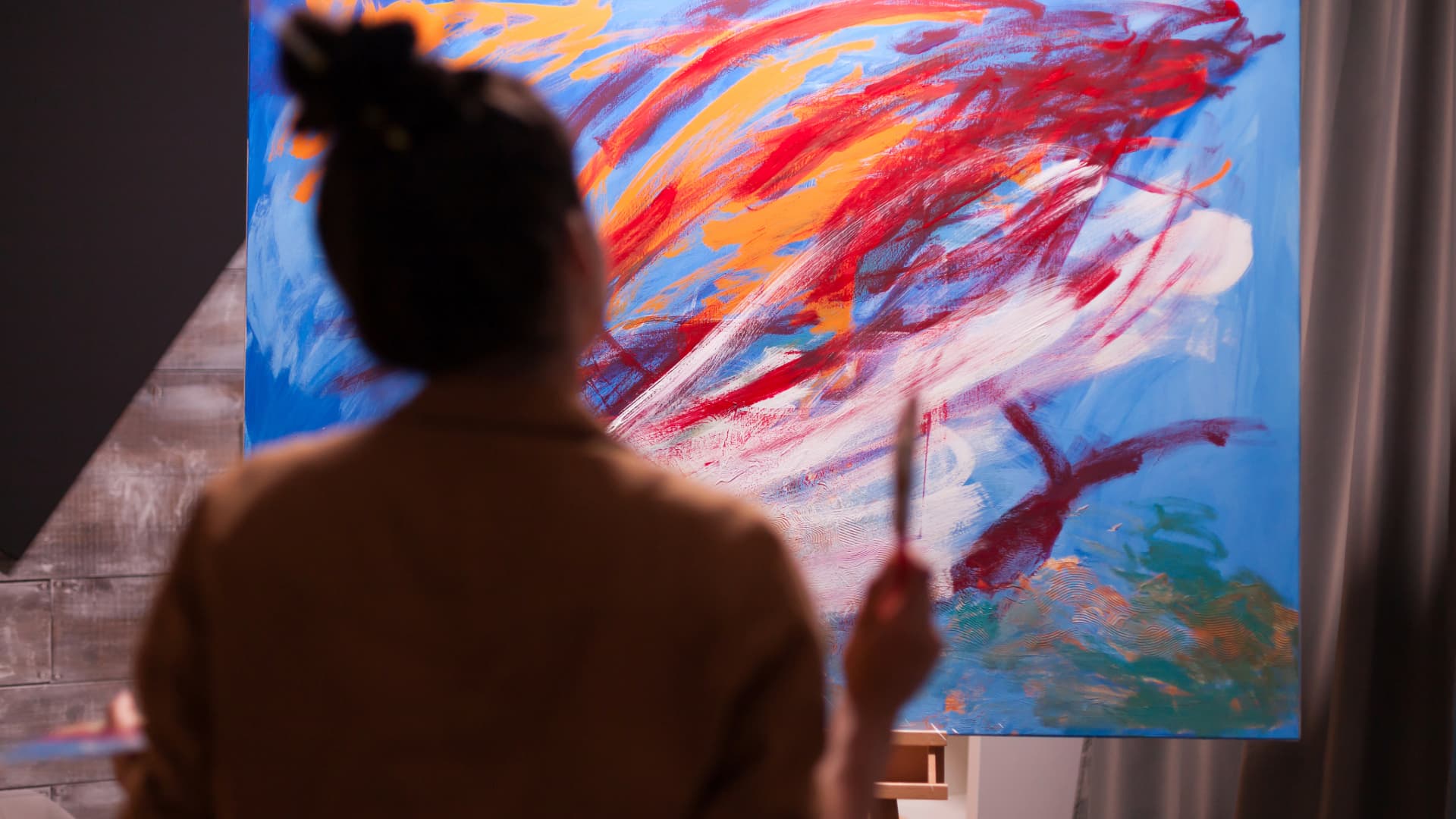
Written By: Dravvt
Topics Covered:
#1. Why Is Identity Important in Art?
Identity plays a crucial role in art, as it shapes both the creation and interpretation of artistic works. Every artist brings a unique perspective to their craft, influenced by their personal history, cultural background, values, and experiences. These factors form the foundation of an artist’s creative identity, guiding their artistic choices and the messages they convey through their work.
Artists across the globe have produced extraordinary works that reflect their individual identities. However, each artist’s background, education, and emotional experiences significantly impact their artistic expression. The way an artist sees the world, the themes they explore, and the materials they choose are all rooted in their personal and social identity. Whether it’s a reflection of cultural heritage, political views, or personal struggles, identity is intertwined with the message an artist communicates.
The significance of identity in art goes beyond the creation of art itself. It also affects how art is perceived and interpreted by others. The identity of both the artist and the viewer plays a key role in how the work resonates. A piece of art can evoke different emotions, thoughts, and reactions depending on the cultural, social, and personal context of the viewer. This dynamic relationship between the artist’s identity and the audience’s interpretation makes art a powerful tool for personal expression and social commentary.
In this article, we explore why identity is essential in art and how it influences not only the creation of art but also how it is understood and appreciated. By acknowledging the impact of identity on art, we gain a deeper understanding of the diverse ways in which artists express themselves and how their works connect with people on a personal and cultural level.

A person with a question mark for a head, drawing with a pencil, symbolizing the exploration of identity in art.
#2. What is Identity?
Identity, in its broadest sense, refers to an individual’s sense of self, shaped by their personal characteristics, affiliations, and social roles. It encompasses the way we perceive ourselves and how we are perceived by others, forming the core of our individuality. Identity is a complex and evolving concept that reflects our inner beliefs, values, experiences, and external influences.
Our identity is not a static entity. It evolves and adapts over time, influenced by the various stages of life, personal growth, and external circumstances. As we navigate through different experiences, our understanding of ourselves can shift, allowing us to explore new aspects of our personality, values, and interests. This process of change and adaptation is an essential part of human development, allowing us to continually redefine who we are in response to our surroundings.
Identity is also shaped by our social roles, which are determined by the groups, communities, and cultures to which we belong. These roles often dictate how we interact with others, how we view ourselves in relation to society, and how we define our purpose in life. Social roles can include aspects such as gender, profession, nationality, or cultural background, all of which contribute to the larger narrative of our identity.
Furthermore, identity is not solely an individual experience but is often intertwined with collective identities, such as those formed by family, culture, religion, or community. Our sense of belonging to these groups can significantly influence how we define ourselves and how we connect with others. In today’s globalized world, identity is also increasingly influenced by digital interactions and the way we present ourselves online, adding another layer of complexity to the concept.
In conclusion, identity is a multifaceted and dynamic aspect of human existence that encompasses personal, social, and cultural dimensions. It is an ongoing process of self-discovery, adaptation, and connection with others. Understanding identity helps us navigate our personal lives and our interactions with society, allowing us to find meaning, purpose, and a sense of belonging in the ever-changing world around us.

A person holding a piece of paper with a question mark covering their face, symbolizing the exploration of personal identity and self-expression.
#3. What is Art?
Art, in its broadest sense, encompasses a wide array of human activities that involve creating visual, auditory, or performing works. These artworks are a form of self-expression, showcasing the creator’s imaginative, emotional, or technical skill. Art is fundamentally a medium through which individuals communicate their ideas, experiences, and emotions to the world. It serves as a powerful tool to convey messages, provoke thought, and evoke deep emotional responses.
While art can take many forms — from painting and sculpture to music, dance, and theater — its primary purpose remains consistent: to be appreciated for its beauty, emotional resonance, or intellectual depth. The diversity of artistic expressions allows individuals to experience and understand the world from unique perspectives. Whether it’s the intricacy of a painting, the rhythm of a song, or the movement of a dancer, art connects people on a deeply personal and universal level.
The definition of art extends beyond the creation of individual works. It includes the criticism, study, and history of art. Art criticism involves analyzing and evaluating the aesthetic and emotional impact of artworks, helping to contextualize their significance within society. The history of art traces the evolution of artistic movements and practices, reflecting how different cultures and time periods have shaped the way we understand and create art.
Art’s role in society is vast. It can serve as a mirror to reflect the values, challenges, and experiences of a culture. It can also challenge societal norms and spark conversations about important issues. In essence, art is a universal language that transcends borders, allowing for cross-cultural understanding and empathy. Its power lies in its ability to move us, inspire us, and connect us to the human experience in ways that words alone cannot.
In conclusion, art is more than just a form of aesthetic pleasure. It is a means of communication, a channel for self-expression, and a reflection of our society. Whether through visual art, music, theater, or other forms, art allows individuals to explore their own identity, express emotions, and connect with others. Its profound impact on both individuals and societies underscores its timeless and invaluable presence in the human experience.

Paper with the words 'What's your story?' written on it, covered by cardboard, symbolizing the connection between art and personal identity through storytelling and self-expression.
#4. How Your Art Depends on Your Identity and Vice-Versa
The art you create is closely tied to how you perceive the world. Your identity, shaped by your personal experiences, beliefs, and values, directly influences the themes and forms you explore in your art. The way you see yourself and your surroundings becomes a reflection of your creative expression. In turn, your art can shape your identity, influencing how others perceive you and how you view your own place in the world.
Society plays a significant role in shaping both your identity and your art. From the moment society assigns you a role, you are faced with the choice of either conforming to these expectations or challenging them. This constant tension between societal influence and personal freedom forms the basis for how your identity evolves as an artist. Your experiences, decisions, and personal insights create a narrative that is reflected in your work.
A prime example of this dynamic is the famous artist Andy Warhol. Born and raised in Pittsburgh, USA, Warhol initially pursued a successful career as a commercial illustrator. However, as he grew, he became disillusioned with aspects of American culture. This discontent, rooted in his personal experiences, led him to rebel against the norms of traditional art, which ultimately shaped his unique artistic vision and iconic pop art style.
Warhol’s shift from commercial illustration to avant-garde art is a clear example of how an artist’s identity evolves in response to personal experiences and societal expectations. His art not only challenged the status quo of art at the time but also reflected his critique of American consumerism and celebrity culture. This reciprocal relationship between identity and art continues to be seen in the work of many artists, demonstrating how personal transformation often drives artistic innovation.
In conclusion, art and identity are inseparable. Your identity influences the art you create, and the art you produce, in turn, shapes your identity. This continuous interaction allows for growth, self-discovery, and transformation, not only as an artist but also as an individual. Your art becomes a living testament to your journey and your perspective on the world.

A white sculpture shaped like a head, facing forward, symbolizing introspection and expression through minimalist art.
#5. Art and Identity Crisis
Identity, at its core, refers to a person’s sense of self, shaped by their unique traits, affiliations, and social roles. It reflects both how we perceive ourselves and how we are seen by others. Importantly, identity is fluid and evolves over time as we experience growth and change.
Art plays a crucial role in exploring the complexities of personal identity. Artists use their work to express their own experiences and grapple with questions of belonging and transformation. For many, art offers a way to make sense of these changes and communicate their inner world.
Identity crises often occur during key life transitions, like adolescence or adulthood, where people question their beliefs, roles, and values. Artists too face moments when their vision or style is disrupted, prompting them to reconsider their artistic identity. In these times, art becomes a powerful tool for rediscovering and redefining the self.
The link between art and identity crises shows how creative expression can be therapeutic. It helps people confront confusion, alienation, or uncertainty, turning these feelings into meaningful experiences. Art facilitates self-discovery and offers new insights on life’s journey, helping restore a sense of coherence during personal transformation.

A person observing a painting they are working on, symbolizing the relationship between personal identity and artistic expression.